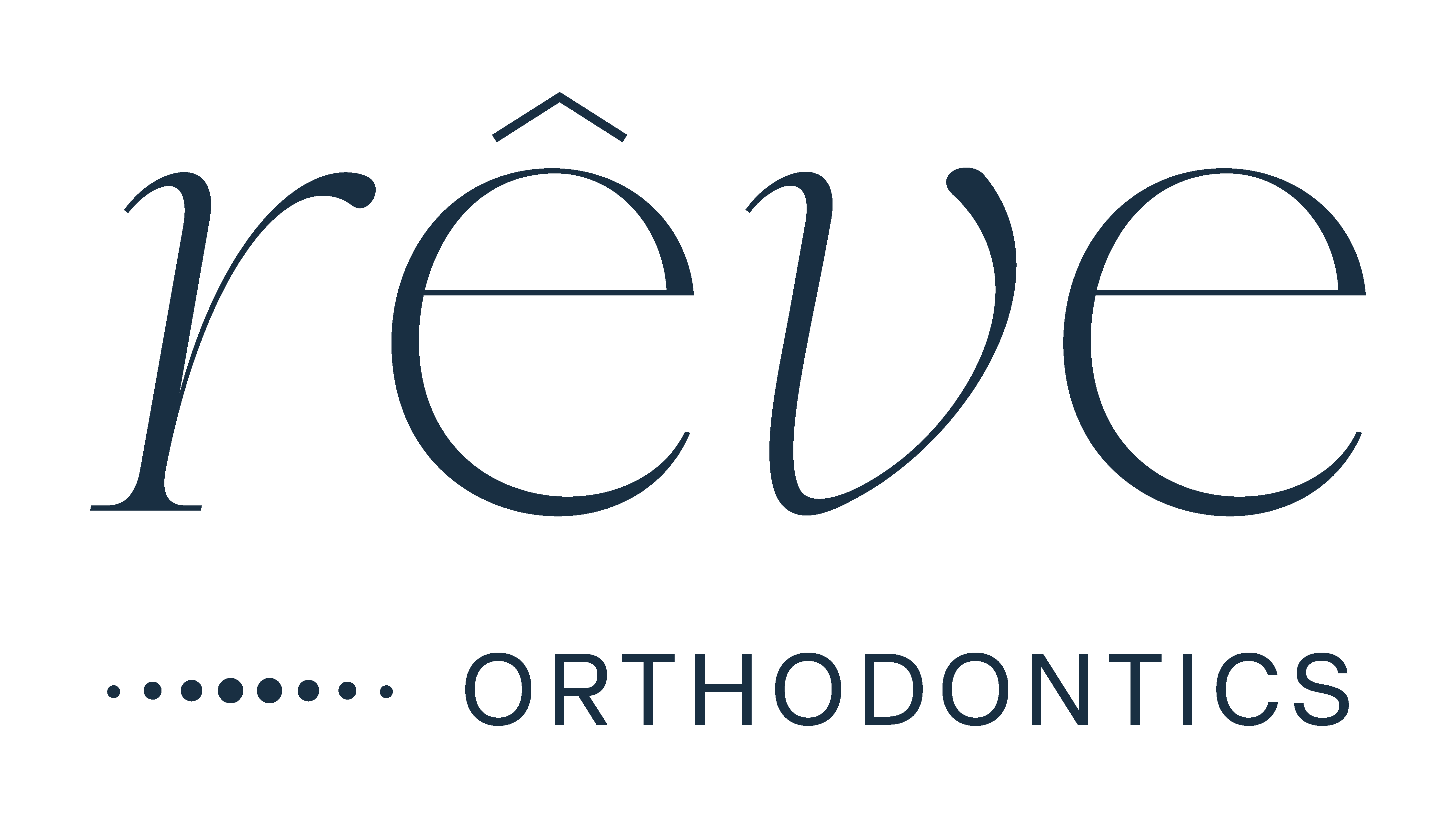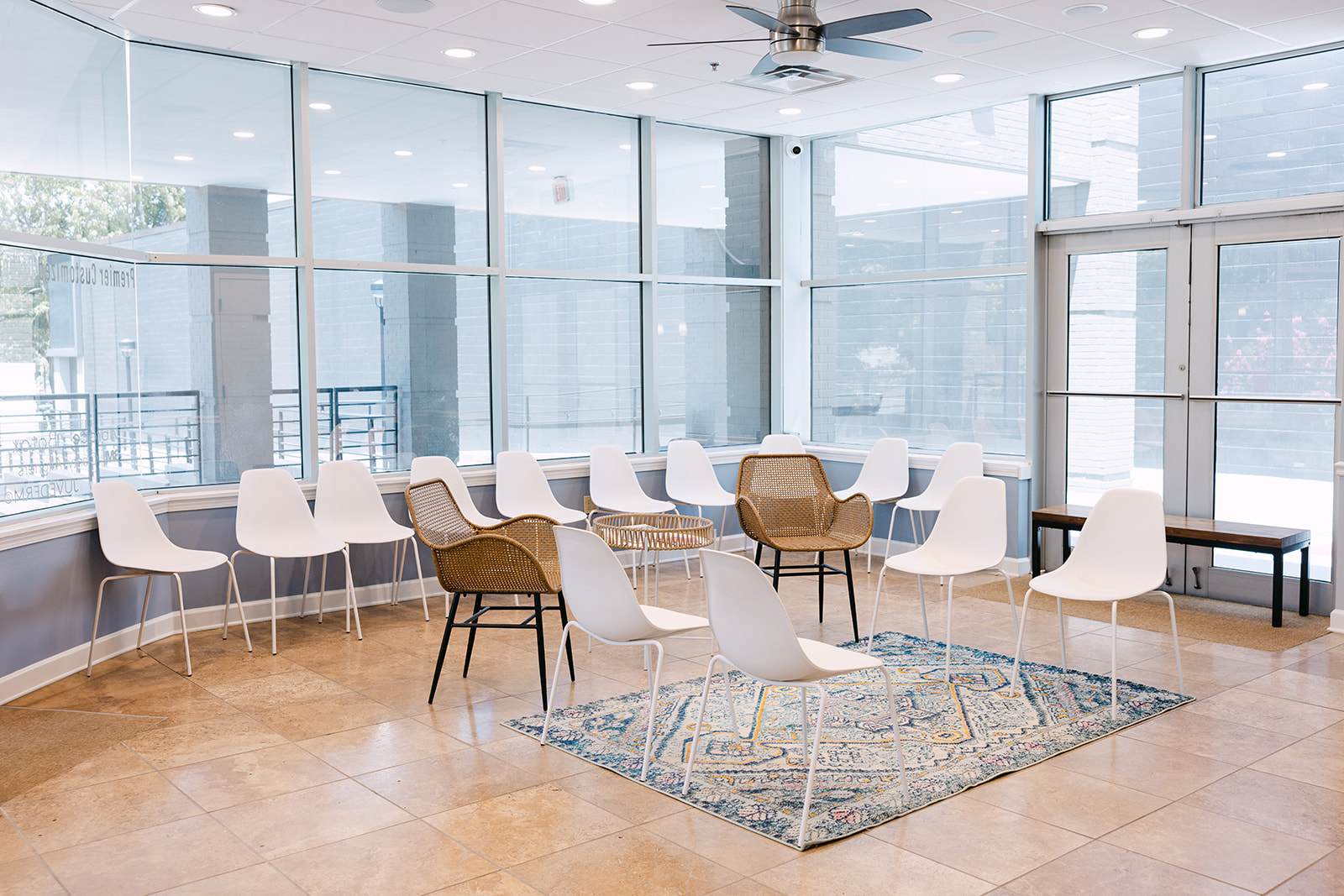Invisalign Aligners vs Traditional Braces: Which is Right for You?
Posted by Meagan Sturm Mar 29, 2024

Are you considering straightening your teeth but feeling torn between the discreet allure of Invisalign aligners and the tried-and-true reliability of traditional braces? Look no further! In this comprehensive guide, we will delve into the world of orthodontics in Atlanta, GA, to help you decipher which option – Invisalign or traditional braces – is the perfect fit for your smile transformation journey. Let's explore these two popular teeth-straightening methods and discover which one aligns best with your needs and preferences.
What is Invisalign?
Invisalign is a modern teeth-straightening solution that uses clear, custom-made aligners to gradually shift your teeth into the desired position. These aligners are virtually invisible, making them a popular choice for those seeking a discreet orthodontic treatment option.
Unlike traditional braces, Invisalign aligners are removable, allowing you to eat and drink without restrictions. They also make oral hygiene easier since you can brush and floss your teeth as usual without navigating around brackets and wires.
Each set of Invisalign aligners is typically worn for about two weeks before switching to the next set in the series. This gradual adjustment process helps achieve optimal results while minimizing discomfort compared to adjustments with metal braces.
Invisalign treatments by our orthodontist are tailored to each individual's needs using advanced 3D imaging technology. This personalized approach ensures precision in tooth movement and overall treatment effectiveness.
What are Traditional Braces?
Traditional braces are a tried-and-true method for straightening teeth. These braces consist of metal brackets that are glued to each tooth and connected by wires. The wires apply gentle pressure, gradually shifting the teeth into the desired position over time.
One of the main advantages of traditional braces is their effectiveness in correcting even severe misalignments and bite issues. They are also typically more affordable than alternative options like Invisalign aligners.
However, there are some drawbacks to consider with traditional braces. The metal brackets can be visually prominent, which may impact self-confidence for some individuals. Additionally, maintaining good oral hygiene can be a bit more challenging due to the hardware involved.
Traditional braces remain a popular choice for those seeking comprehensive orthodontic treatment with proven results.
Pros and Cons of Invisalign
When it comes to Invisalign, one of the major pros is its virtually invisible appearance. These clear aligners offer a discreet way to straighten your teeth without drawing attention. Another advantage is that Invisalign aligners are removable, allowing for easier cleaning and maintenance compared to traditional braces.
On the flip side, one common con of Invisalign is that they may not be suitable for severe orthodontic issues. Traditional braces can often address more complex alignment issues effectively. Additionally, compliance plays a significant role in the success of Invisalign treatment – wearing the aligners for at least 22 hours a day is crucial for optimal results.
In terms of comfort, many patients find Invisalign more comfortable than traditional braces due to their smooth plastic material. However, some people may experience mild discomfort when switching to a new set of aligners every few weeks as part of the treatment process.
Pros and Cons of Traditional Braces
Traditional braces are a tried-and-true method for straightening teeth. One of the main advantages is their effectiveness in treating even complex orthodontic issues. With brackets and wires, traditional braces can apply precise pressure to shift teeth into alignment over time.
However, one downside of traditional braces is their visibility. The metal brackets may not be aesthetically pleasing to some individuals, especially adults. Additionally, they can cause discomfort or irritation to the cheeks and gums due to their structure.
On the bright side, traditional braces typically require fewer replacements compared to Invisalign aligners since they are fixed onto the teeth. This means less maintenance in terms of remembering to change aligners regularly.
Despite these drawbacks, many people still opt for traditional braces due to their affordability compared to other orthodontic treatments like Invisalign. It's essential to weigh these pros and cons when deciding on the best option for your smile transformation journey. Call us to learn more.
Factors to Consider When Choosing Between Invisalign and Traditional Braces
When deciding between Invisalign and traditional braces, there are several factors to consider.
- The level of correction needed for your teeth alignment plays a significant role in determining which option is best for you. Invisalign is great for mild to moderate cases, while traditional braces may be more suitable for complex issues.
- Lifestyle considerations are important. Invisalign offers the advantage of being removable, making it easier to maintain oral hygiene and enjoy certain foods without restrictions. On the other hand, traditional braces are fixed and require extra care when eating or cleaning your teeth.
- Additionally, the overall treatment duration is something to think about. While both options can achieve excellent results, Invisalign tends to have a shorter treatment time compared to traditional braces in some cases.
- Cost may influence your decision. In general, Invisalign aligners can be slightly more expensive than traditional braces but offer added comfort and convenience during treatment.
Cost Comparison between Invisalign and Traditional Braces
When considering orthodontic treatment options, cost is a significant factor to ponder. Invisalign aligners are generally pricier than traditional braces due to their advanced technology and virtually invisible appearance. The cost of Invisalign can vary based on the complexity of the case and the duration of treatment.
On the other hand, traditional braces are often more affordable upfront but may require more frequent visits for adjustments, leading to additional costs over time. It's essential to consult with your orthodontist in Atlanta, GA, to understand the pricing structure for both treatments.
While Invisalign may have a higher price tag, some insurance plans cover a portion of the cost for both types of treatments. It's crucial to inquire about insurance coverage and payment plans available at your orthodontic practice before making a decision based solely on cost.
Invisalign Aligners vs Traditional Braces: Which is Right for You?
When it comes to straightening your teeth, you have two main options: Invisalign aligners and traditional braces.
Invisalign is a popular choice for those seeking a more discreet treatment option. These clear aligners are practically invisible, making them ideal for people who want to straighten their teeth without drawing attention to their orthodontic treatment.
On the other hand, traditional braces consist of metal brackets and wires that are affixed to the teeth. While they may be more noticeable than Invisalign, they are often recommended for complex cases that require significant tooth movement.
Both options have their pros and cons. Invisalign offers convenience and comfort, as the aligners can be removed for eating and cleaning. However, traditional braces may be more effective for severe misalignment issues.
The decision between Invisalign aligners and traditional braces depends on your individual needs and preferences. It's best to consult with an orthodontist to determine which treatment option is right for you based on your specific case.
Maintenance and Aftercare for Both Options
After getting Invisalign aligners or traditional braces, proper maintenance and aftercare are crucial to ensure the success of your treatment. With Invisalign, it's essential to wear your aligners for at least 22 hours a day and remove them only when eating or cleaning your teeth. Cleaning the aligners regularly with a soft toothbrush and lukewarm water is important to prevent plaque buildup.
For traditional braces, maintaining good oral hygiene by brushing after every meal and flossing daily is key to preventing cavities and gum disease. Avoiding hard, sticky foods that can damage the brackets or wires is also important in caring for your braces.
Regular check-ups with your orthodontist are necessary, with both options to monitor progress and make any adjustments needed. Following their instructions on wearing time, diet restrictions, and proper oral hygiene will help you achieve optimal results.
Conclusion
When deciding between Invisalign aligners and traditional braces, it ultimately comes down to personal preference, lifestyle, and specific dental needs. Both options have their own set of advantages and disadvantages.
If you are looking for a more discreet and convenient option that allows you to maintain your normal oral hygiene routine without any dietary restrictions, then Invisalign may be the right choice for you. On the other hand, if you prefer a more cost-effective treatment with potentially faster results and don't mind the visibility of metal brackets and wires, traditional braces might be the better fit.
Consulting with an orthodontist is crucial in determining which option will best suit your individual requirements. Remember that both treatments can help achieve a straighter smile and improve overall oral health in the long run.
Whether you opt for Invisalign aligners or traditional braces, the goal remains the same – achieving a healthy, beautiful smile that boosts your confidence and enhances your quality of life. With advancements in orthodontic technology today, there has never been a better time to embark on this transformative journey toward a straighter smile!
To learn more, get in touch with the Rêve Orthodontics office near you at 1789 Clairmont Rd, Decatur, GA 30033; 931 Monroe Dr NE, Ste C-201, Atlanta, GA 30308; or 2371 Henry Clower Blvd SW, Ste A, Snellville, GA 30078. Or you can call (770) 972-6000 or email info@reveortho.com.
Visit Our Office
Snellville, GA
2371 Henry Clower Blvd SW, Ste A, Snellville, GA 30078
Email: info@reveortho.com
Book NowOffice Hours
Visit Our Office
Office Hours
- MON - THU8:00 am - 4:00 pm
- FRI8:30 am - 1:00 pm
- SAT - SUNClosed







